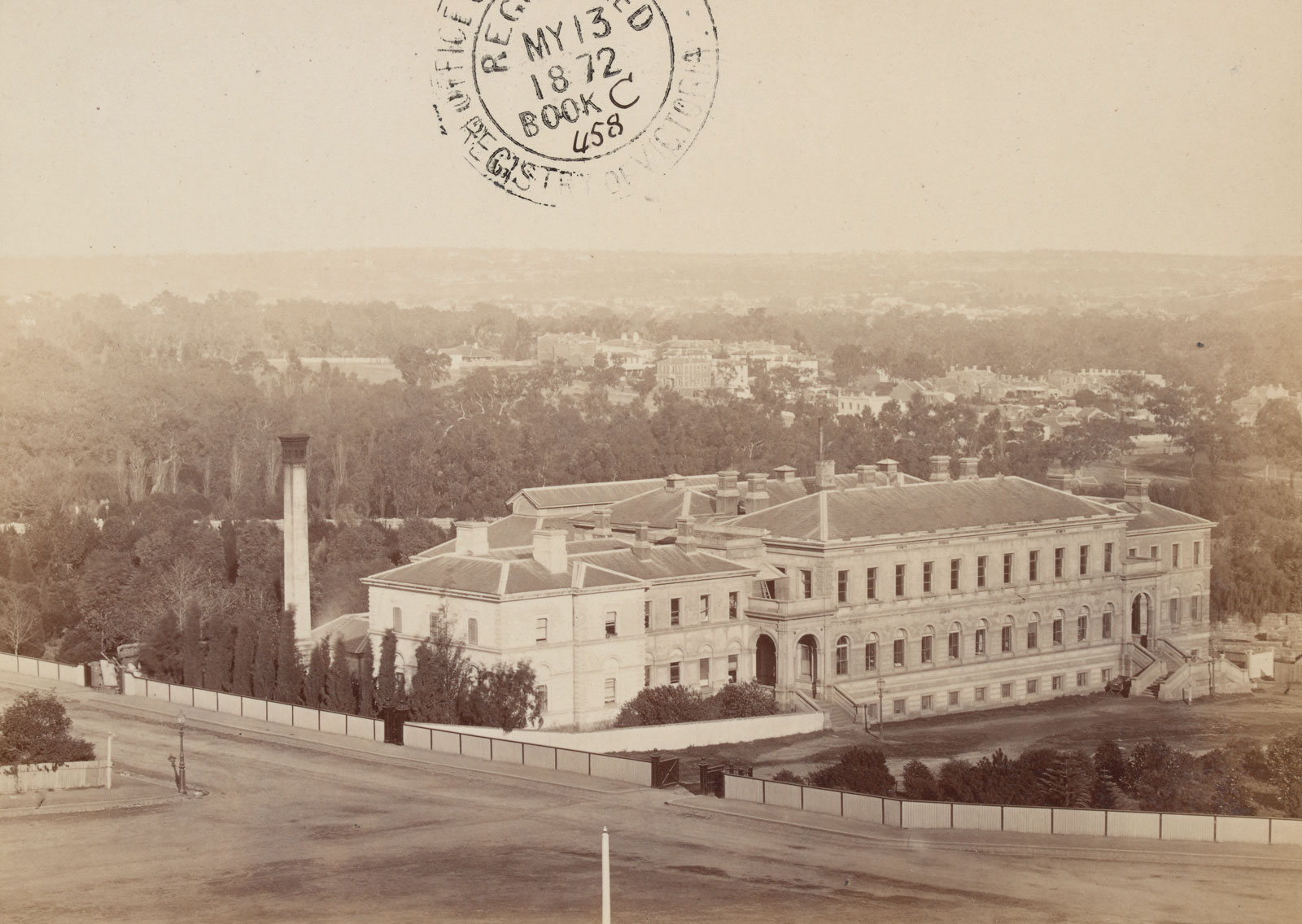Learning module:
Making a nation Defining Moments, 1750–1901
Investigation 4: Making a democracy
-

4.1 Introduction
-

4.2 1824 Free to criticise, free to praise: First free press
-

4.3 1851 Breaking away from mother: Separation of the colonies of New South Wales and Victoria
-

4.4 1854 Blood on the wattle: Eureka Stockade
-

4.5 1856 A secret vote: Secret ballot introduced
-

4.6 1872 Reading and writing at last: Free and compulsory education
-

4.7 1894 South Australian women vote: Women’s suffrage
-

4.8 1901 A nation at last: Federation
-

4.9 1902 Australian women vote: Commonwealth Franchise Act
-

4.10 Case study: Where did the Australian Constitution come from?
-

4.11 Conclusion
1x
4.10 Case study: Where did the Australian Constitution come from?

Courtesy of the Gifts Collection, Parliament House Art Collection, Department of Parliamentary Services, Canberra, ACT

Her Majesty's Stationery Office (Publisher), Commonwealth of Australia Constitution Act, 1900: Original Public Record Copy, 1900
Courtesy of the Gifts Collection, Parliament House Art Collection, Department of Parliamentary Services, Canberra, ACT
1x
1. This table shows some of the main aspects of the Australian Constitution and how it compares to the constitutions of the United States and Great Britain. Look at the information provided and decide which nation’s ideas had the greatest influence on Australian democracy as reflected in the Constitution.
| The Australian Constitution | The United States Constitution | The British Constitution |
|---|---|---|
 |
 |
 |
|
House of Representatives
Senate |
House of Representatives
Senate |
House of Commons
House of Lords |
| The Australian Constitution | The United States Constitution | The British Constitution |
|---|---|---|
 |
 |
 |
|
House of Representatives:
The states with the most people have the most electorates and will elect the largest number of representatives.
Senate: Each state elects six senators |
House of Representatives:
The states with the most people have the most electorates and will elect the largest number of representatives.
Senate: Each state elects two senators |
House of Commons:
Members of Parliament are elected from the whole population, divided into electorates.
House of Lords: Members inherited their membership through their family. (But most are now appointed by the government.) |
| The Australian Constitution | The United States Constitution | The British Constitution |
|---|---|---|
 |
 |
 |
| The Australian Parliament can only make laws in those areas that are specifically listed in the Constitution. The state parliaments can make laws in all other areas. | The national parliament can only make laws in those areas that are specifically listed in the Constitution. The state parliaments can make laws in all other areas. | There were no state parliaments, only the national parliament and local councils. The national parliament made laws in all areas. (But this has now changed. Some powers now sit with the newer Scottish Parliament, Welsh Assembly and Northern Ireland Assembly) |
| The Australian Constitution | The United States Constitution | The British Constitution |
|---|---|---|
 |
 |
 |
| The Governor-General representing the British monarch | The President | The British monarch |
| The Australian Constitution | The United States Constitution | The British Constitution |
|---|---|---|
 |
 |
 |
| The prime minister (even though this position is not specifically mentioned in the Constitution) is the leader of the party in power but has no individual powers. | The president is not in the parliament (Congress), but makes treaties, sets foreign policy, appoints ambassadors, and can reject. | The prime minister is the leader of the party in power but has no individual powers. |
| The Australian Constitution | The United States Constitution | The British Constitution |
|---|---|---|
 |
 |
 |
|
Legislature: Two houses of parliament Executive: Prime minister and ministers who are selected from within parliament Judiciary: The High Court, with judges who are not part of the parliament or ministers |
Legislature: Two houses of parliament Executive: The president and the people he or she appoints as ministers Judiciary: The Supreme Court, with judges who are not part of the parliament or ministers |
Legislature: Two houses of parliament Executive: Prime minister and ministers who are selected from within parliament Judiciary: The High Court, with judges who are not part of the parliament or ministers |
| The Australian Constitution | The United States Constitution | The British Constitution |
|---|---|---|
 |
 |
 |
| Vote of Congress plus a vote by ¾ of the state parliaments | By act of parliament | By referendum of the voters |
| The Australian Constitution | The United States Constitution | The British Constitution |
|---|---|---|
 |
 |
 |
| Must be members of parliament | Appointed by the president and are not members of the parliament | Must be members of parliament |
| The Australian Constitution | The United States Constitution | The British Constitution |
|---|---|---|
 |
 |
 |
| High Court given specific power | Supreme Court given specific power | No court had specific power. (But there is now a British Supreme Court) |
| The Australian Constitution | The United States Constitution | The British Constitution |
|---|---|---|
 |
 |
 |
| They are almost equal, but the upper house (Senate) cannot make or change laws that authorise the spending of public funds | Both are equal | They are almost equal, but the upper house cannot make or change laws that authorise the spending of public funds |







